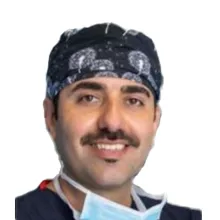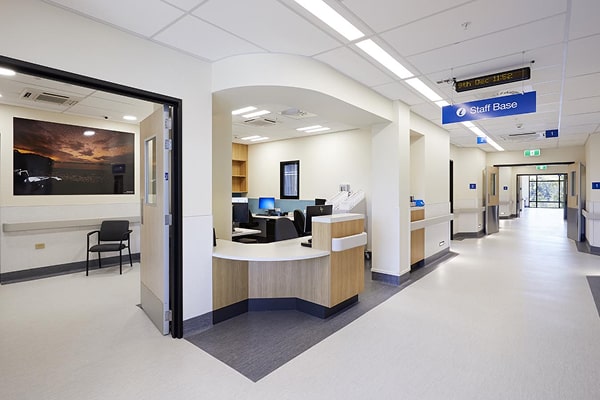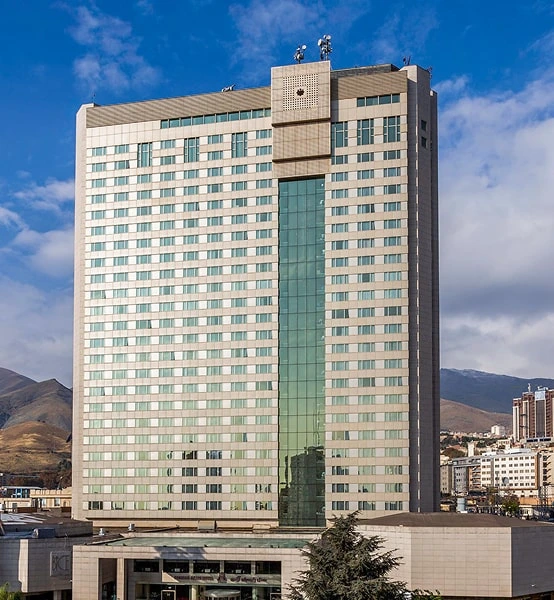ACL and PCL Reconstruction Surgery
In Collaboration with CCKAAM – Expertly Guided International Medical Care
Anterior Cruciate Ligament (ACL) and Posterior Cruciate Ligament (PCL) reconstruction surgery is a highly advanced treatment method used to repair severe injuries and tears of these critical knee ligaments. This surgical procedure is typically recommended when ligament damage causes instability and loss of knee function—especially when non-surgical treatments such as physical therapy or medication are ineffective.
Why Undergo ACL and PCL Reconstruction?
ACL and PCL injuries can result from trauma, sports injuries, or sudden unnatural movements of the knee. These injuries may lead to severe pain, instability, and limited mobility. Reconstruction surgery effectively restores knee function, relieves pain, and enhances overall joint stability—especially crucial for active individuals and athletes.
The Surgical Process: ACL and PCL Reconstruction
This surgery is commonly performed using minimally invasive arthroscopic techniques. The surgeon makes small incisions and uses a camera and specialized instruments to access and repair the damaged ligaments.
Main steps of the procedure include:
- Small Incisions – Several tiny cuts are made to access the knee joint.
- Removal of the Damaged Ligament – The torn or injured ligament is carefully removed.
- Graft Placement – A graft, typically from the patient’s own tendon or a donor, is positioned in place of the original ligament.
- Fixation – The graft is securely fixed using special screws or anchors.
- Closure – The surgical area is carefully closed, ensuring no bleeding and proper healing.
Key Benefits of ACL and PCL Reconstruction Surgery
- Return to Athletic Performance
This surgery enables patients—especially athletes—to return to their sports and physical activities. It restores knee stability and reduces pain, which are vital for peak performance. - Pain and Inflammation Reduction
ACL and PCL injuries often lead to chronic pain and swelling. Post-surgery, patients typically experience a significant decrease in discomfort and improved mobility. - Restoration of Knee Stability
The ACL and PCL are crucial for stabilizing the knee. Reconstructing these ligaments helps the patient regain confidence in knee movement and prevents future injuries. - Lower Risk of Long-Term Joint Damage
If left untreated, ligament injuries can result in complications such as joint degeneration or osteoarthritis. Surgery helps prevent further deterioration by restoring knee integrity.
Recovery and Rehabilitation After Surgery
Recovery time depends on the individual and the surgical approach, but generally includes:
- Postoperative Care
Immediately after surgery, patients receive medical supervision for several days. Pain relievers and anti-inflammatory medications are prescribed as needed. - Physical Therapy Initiation
Physical therapy begins a few days after surgery to restore joint mobility and strengthen surrounding muscles. This process is essential for reducing swelling and accelerating healing. - Return to Daily Activities
Most patients resume normal daily activities within 6 to 12 months. Gradual reintroduction of physical activity, including running and sports, is encouraged under medical supervision.
Challenges and Risks of ACL and PCL Reconstruction
Like any surgery, this procedure comes with some risks and challenges:
- Extended Recovery Time
Recovery can take several months. Ongoing physiotherapy is critical and often extends beyond six months to achieve full function. - Surgical Complications
Although rare, risks such as infection, bleeding, or graft failure may occur. Choosing an experienced surgeon and a reputable medical facility significantly reduces these risks. - Commitment to Rehabilitation
Long-term rehabilitation is vital. Patients must adhere strictly to their physical therapy program to ensure optimal results and minimize complications.
Final Thoughts
ACL and PCL reconstruction is an effective solution for treating severe knee injuries. It alleviates pain, restores knee stability, and allows patients to return to their active lifestyles. If you’re struggling with knee ligament damage and seeking a proven path to recovery, this surgical option may be ideal for you.
For a customized treatment plan and expert consultation, contact our specialist team or partner with CCKAAM to begin your medical journey with confidence and full support.



















